With Boxing Day under a month away, it is time to assemble a drinks list for Christmas in the hope that at least part of the festive season will be spent among some of our nearest and dearest.
My suggestions for that list are spread over the next four weeks and we start today with a look at “sweeties and fortifieds” – two seriously neglected styles.
As ever, the images should help you select the right bottle whether it is on the shelf or online.
An underappreciated option
While sherry has won many new friends and port has kept many of its long-standing ones, the “guy in the middle” – Madeira – seldom gets a look in.
That’s such a pity because its combination of nutty and dried fruit components with well judged sweetness is just perfect for Christmas.
I have a reasonably priced option for anyone unfamiliar with madeira – just to get a sense of how good the style can be.
Smooth and mellow Blandy’s Madeira Duke of Clarence (£13 for 75cl at the Co-op but is sometimes discounted for December) while Morrisons have a similar version (shown as Blandys Rich Madeira on shelves) reduced to £9.50 until New Year’s Day.
Heading for Mainland Portugal
As we transition from Madeira to the Port lodges of the Douro, let’s look at a style that is less well known than those high-profile Vintage Ports.
Unlike the maturation in bottle that those vintage ports undergo, tawny ports are aged in barrels which helps create a paler, nuttier, and often smoother, wine that seems to work best when slightly chilled.
For a “toe in the water” opportunity, the Lidl Wine Tour that started yesterday has a presentable “entry point” version at £11.99 that their resident Master of Wine, Richard Bamfield, awards 92 points.
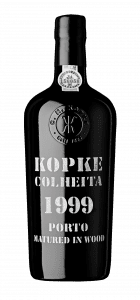
Longer term “tawny aficionados” however, should head up the price ladder a bit for an absolutely superb version – which the word Colheita on the label, tells us is from a single harvest and has benefitted from a substantial period of aging in a cask.
Smooth and nutty, 1999 Kopke Colheita Tawny Port (£32.99 at Waitrose and 20% abv) is built on a lovely fig, raisin and pecan platform with butterscotch, ginger and apricot influences coupled with orange centred acidity to keep everything fresh but with carefully controlled sweetness too.
Next, to classic port styles
Traditionally produced Vintage Ports are gifts from the gods – balanced, complex with a depth of flavours and matured to perfection.
But all the skill, time and loving care need to reach that pinnacle comes (literally) at a cost.
So, to give clear indications of what Vintage Port is all about – but at affordable prices – “stepping stone” products have been created.
The two I consider today are from Taylor’s but other port houses provide similar examples.
A welcome three-letter acronym

Although precise styles can vary appreciably, LBV’s are exactly what they say (late-bottled, vintage).
Top level vintage port is aged for a couple of years and then bottled – to sit (and develop) in someone’s cellar for anything up to half a lifetime.
LBV’s are not bottled until they have been aged in vats for up to to six years; then they are released for filtration and, of course, for immediate drinking.
The example I have chosen – 2016 Taylor’s Late Bottled Vintage Port (from £11.99 for 50cl at Majestic) – is deep, dark and mellow with powerful loganberry and cherry flavours supported by suggestions of vanilla, aniseed and herbs and by well-judged acidic balance.
Another option
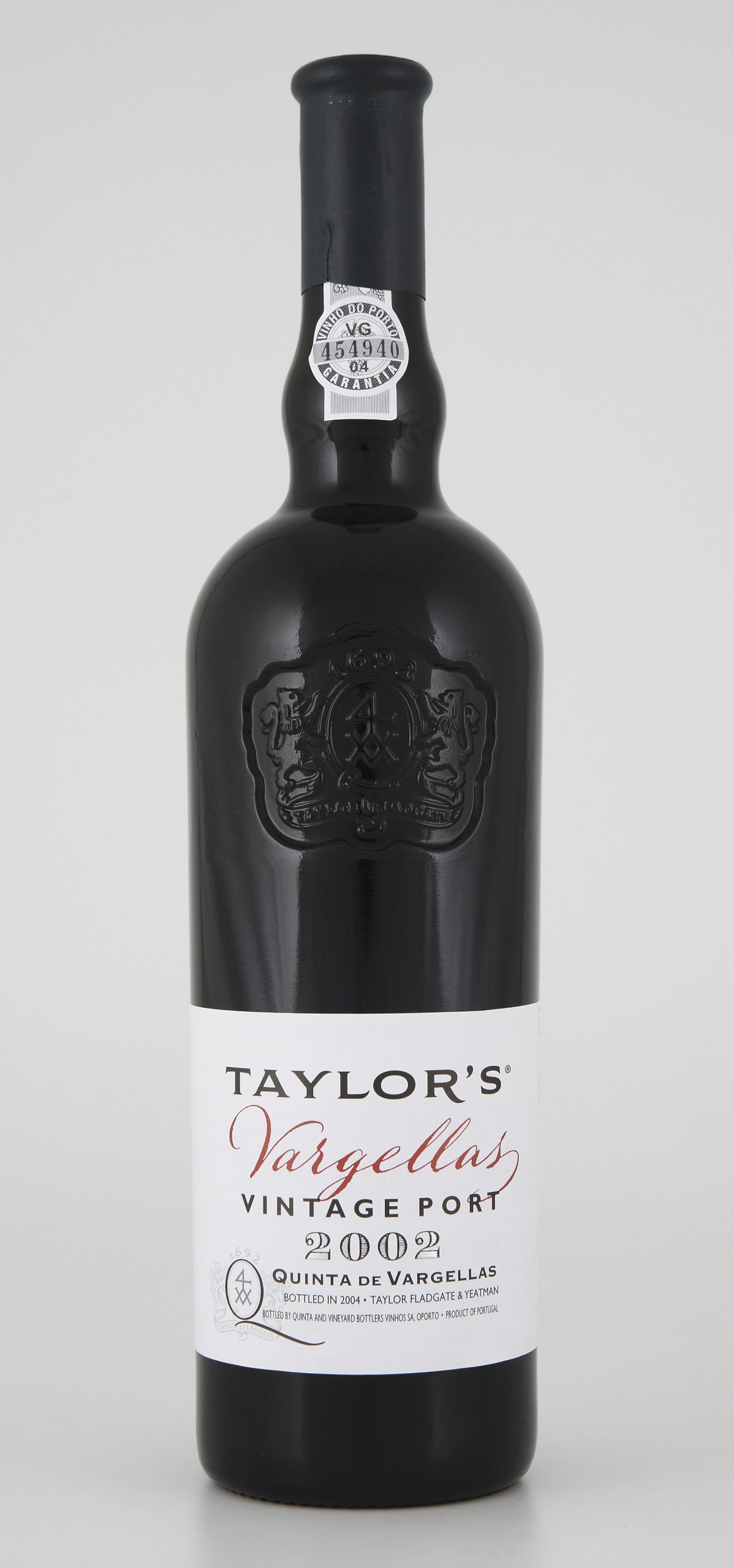
Vintage port that (30 years later) is perfectly balanced yet consistent with the “house style”, demands three things – (a) a good year, (b) high quality fruit from (c) a carefully selected patchwork of locations.
In other years (probably two out of every three) good fruit may still be available – and when it is, can be used to make “Single Quinta Vintage Port”.
Except that all its grapes must come from a single estate, these wines are made in broadly the same way as traditional vintage ports but are simpler, ready sooner and much more keenly priced.
For instance, 2005 Taylor’s Quinta de Vargellas Vintage Port (£25.59 – instead of £31.99 until 3 January – at Waitrose) is an attractive option that is (relatively) light in body with excellent plum and cherry flavours enlivened by good acidity and embellished with hints of milk chocolate, butterscotch and a subtle sweetness.
And, of course, sherry
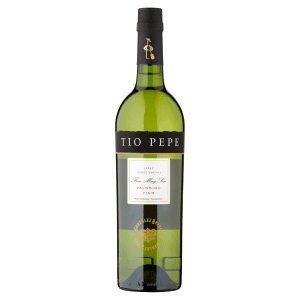
Let’s start at the dry (aperitif) end of the sherry spectrum with a thoroughly familiar name that still commanded a huge following even when sherry, as a whole, was going through slender times.
Pale, clean and smooth, Tio Pepe Palomino Fino Sherry (£10 at Asda and 15%) has those classic mature (bruised) apple aromas but, on the palate, develops sharply defined juniper and Granny Smith apple flavours with a vague saltiness counterbalanced by pithy, lemon acidity and a zingy finish.
Cream rises to the top
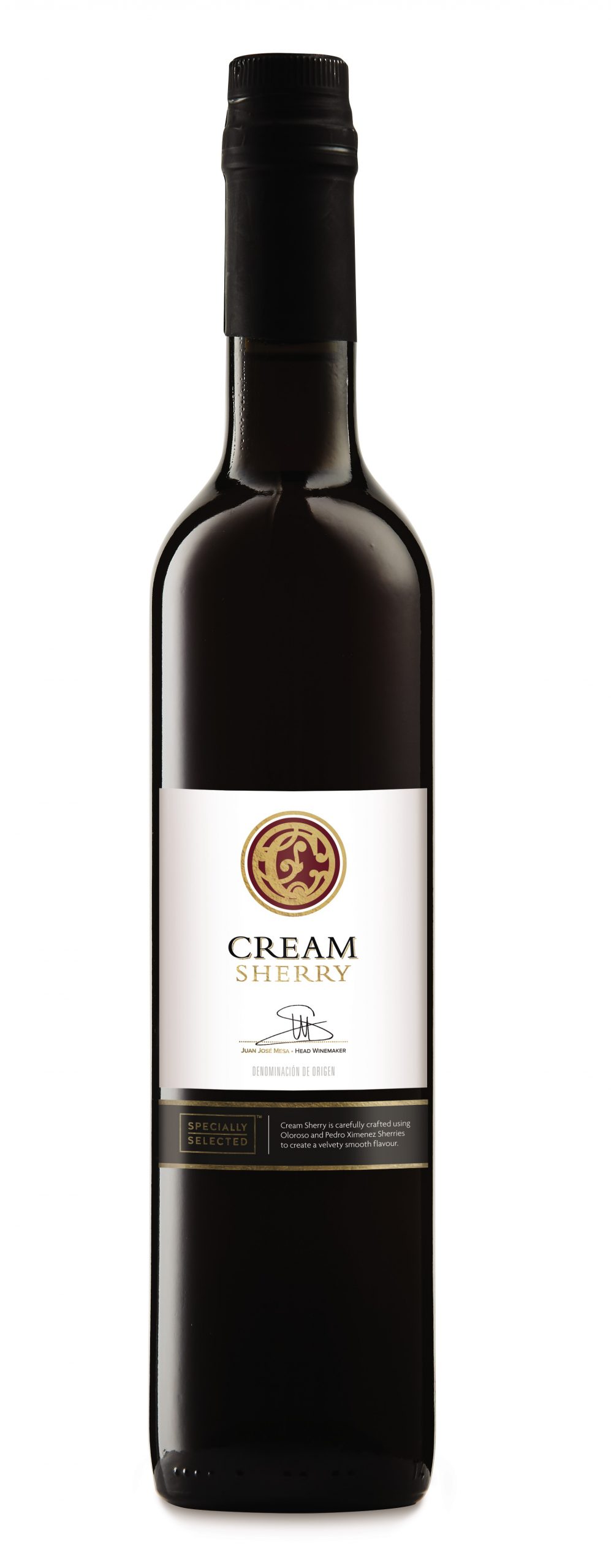
The resurgence of drier sherry styles has been under way for some time but cream sherries (sweetened and with 115-140 grams per litre of residual sugar) were amongst the last to shake off their “too old fashioned for modern drinkers” image.
That is a pity because versions that use high standard Oloroso enhanced with a drop or two of Pedro Ximénez can be excellent – although their quality is only slowly being recognised.
For an entry point version that nevertheless ticks a lot of boxes, try Specially Selected Cream Sherry (£5.99 for 50cl at Aldi) with date, ripe apple, gingerbread and fudge flavours that are built into a quite dainty texture and freshened up by balanced lemon acidity.
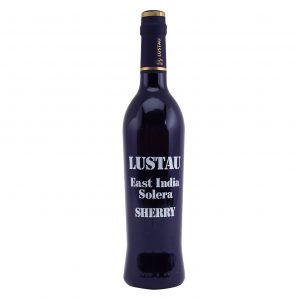
A more sophisticated example of the style is available from top rate producers, Lustau, who simulate a style of sherry developed 350 years ago to go, under sail, to India which, surprisingly, was found to be enhanced by its journey and the change of climate it involved.
With a 4:1 Oloroso to PX blend, Lustau East India Solera Sherry (£11.99 for 50cl at Waitrose but not available until the week commencing 7 December) gives us a rich, complex, figgy texture with marmalade and treacle toffee flavours and just a suspicion of both mint and peach.
Finishing with another endangered species
One of my perpetual frustrations is that the mere mention of sweet wines creates a knee- jerk response with half the readership switching off immediately – thus turning their backs on the joyful richness (and great value) these wines offer.
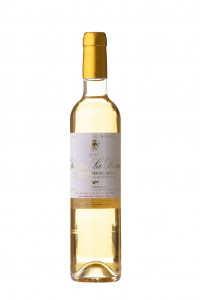
While Sauternes and Barsac remain the sweet wine superstars of Bordeaux, I plan to make a case for an offering from the other side of the river from those two – in an (80:20 semillon to sauvignon) estate with a sizeable number of 50+ year old vines.
Pale in colour but with fabulous balance, Château La Rame 2017, Sainte-Croix-du-Mont (£12.99 for 50cl from Majestic and 13%) combines lemon curd depth with marmalade, mango, honey and eucalyptus flavours but integrates them all with lively tangerine acidity.
Next across the world
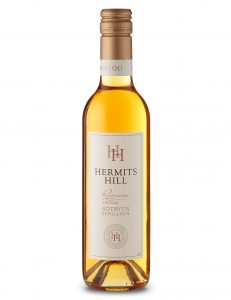
Of course, Bordeaux’s sweet wines depend on the benign botrytis mould which, in the right climatic conditions, affixes itself to ripe grapes and draws out moisture so as to leave behind a sweet, concentrated residue.
Similar conditions can be found at Riverina in New South Wales where botrytis attacks the semillon grapes grown there and, in doing so, paves the way for this delightful sweet wine.
Concentrated yet zesty, 2016 Hermits Hill Botrytis Semillion (£8 at M&S) combines red apple, orange and apricot flavours supercharged by good acidity and a background containing ginger snap, honey and barley sugar influences.
Now for a different style
As in previous years, Lidl has a Canadian Icewine on its Christmas Wine Tour list and – as ever – it represents an absolute bargain.
With icewine, the water content is reduced – and concentrated sugar levels consequently secured – not by botrytis but by the simpler process of leaving grapes to freeze on the vine.
However, the volume of usable grapes is small, harvesting is tricky and the ratio of fruit to eventual wine is tiny – so prices of £50 for a small bottle are common.
Startling, then, to find 2018 Pillitteri Vidal Icewine (10.5% abv) at a mere £13.99 for a half bottle at Lidl – allowing you and me to savour the delightfully clean flavours and acidic bite that sit beneath this wine’s rich, honey edged tropical fruit components, and do so at a bargain price.
Back again on Monday folks with the usual Top Tips and round-up of promotions




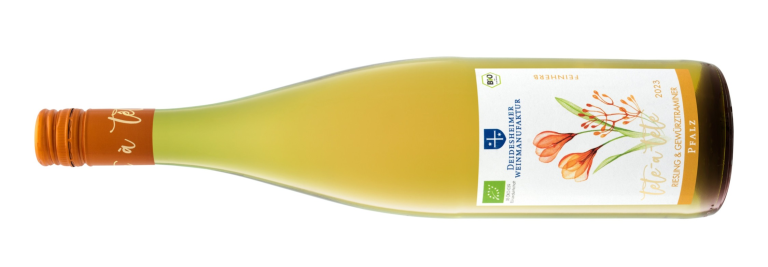




6 responses
Dear Brian … Lidl have an on-shelf, entry level Armilar Ruby Port at £6.49 that makes for regular enjoyable drinking without breaking the bank. But only yesterday when shopping in Lidl I took advantage of the newly arrived Armilar Tawny bottle you mention above that is part of their new Wine Tour. Quite a price hike from last Xmas when it was also available about £2 cheaper but nevertheless even at £11.99 it is money well spent. We opened our bottle last evening … no hanging about here … to drink it with some French Comte cheese, and it was an excellent pairing! I had contacted Lidl to ask them why they wouldn’t keep this product as a stock item throughout the year. There’s obviously a market for it because it fast disappeared last festive season! But again it only seems that it will be available under the mantra of WIGIG. A pity because I would regularly indulge if it was more available. It is as you rightly suggest a presentable point of entry! Cheers and best as ever Eddie.
Yes it is a nice bottle but I suspect the producer may be unhappy about it being available all year round. It is heavily discounted when it appears on Lidl’s shelves – the original seems to retail at £20 to £25.
Hi Brian, i stumbled accross the Barbeito Rainwater Reserve Madeira in a Portugese wine taste event and it suprised everyone involved! Really delicious.
Yes. Madeira really does step up nicely as you ascend the price ladder – although I believe that The Wine Society have that one around £14 (which is not dear for the quality).
Hi Brian, No surprises that Sherry will feature in our Christmas celebrations, the drier styles namely Fino, Manzanilla and Amontillado for pre Xmas dinner (Aperitif ) with tapas nibbles. The Tio Pepe you mention is a great introduction to the drier style but has to be well chilled, it may well be an acquired taste but it’s well worth a try. Lustau in all its styles is my favourite producer and the East India Solera is superb and not quite as sweet as the PX, try it with Christmas pudding and indulge in it’s creamy, sticky figginess while still retaining that balance between acidity and sweetness.
Thanks Dave – a neat, comprehensive guide on how to “sherrify” your Christmas.